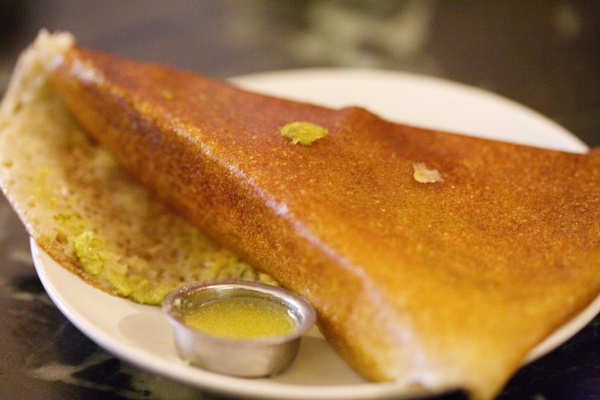Facts About Ghee
Ghee, a type of clarified butter, originates from ancient India and is a staple in various cuisines spanning the Indian subcontinent, the Middle East, and Southeast Asia. Beyond its culinary uses, ghee holds significant value in traditional medicine and religious ceremonies.
The process of making ghee is straightforward: butter is simmered until the impurities rise to the surface and are skimmed off, leaving behind clear liquid fat while discarding the solid residue. The quality of ghee depends on several factors, including the quality of the butter, the source of the milk, and the duration of the boiling process.
In Hinduism, ghee transcends its role as food and assumes a sacred status. It is utilized in rituals such as yajñas and homas and in the worship of deities, considered pure and essential for Vedic ceremonies. In the culinary realm, ghee is a preferred ingredient in many Indian dishes and is prized for deep frying due to its high smoke point. The flavor of ghee can vary depending on how the butter is cultured and the specific clarification process used.
In Ayurvedic medicine, ghee is considered sattvik, meaning it is beneficial when consumed. It forms a component in numerous Ayurvedic remedies and is believed to provide various health benefits. Nutritionally, ghee is rich in saturated fats and oxidized cholesterol. Interestingly, ghee's appeal extends beyond India; it is popular in regions like Egypt, the Horn of Africa, Ethiopia, and even Brazil.
India stands as the world’s largest producer and consumer of ghee, reflecting its significant market presence. To maintain its quality and shelf life, ghee is typically stored in airtight glass jars. The type of milk used in its preparation can alter the composition of ghee, adding to its versatility.

 Djibouti
Djibouti